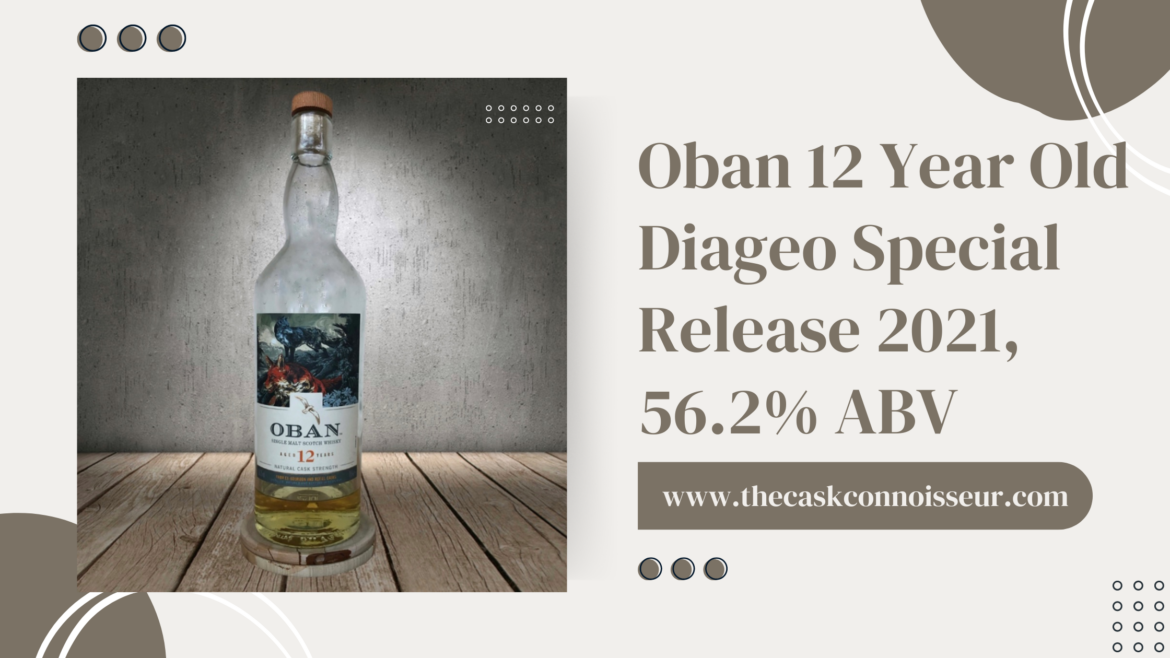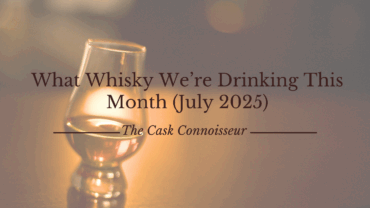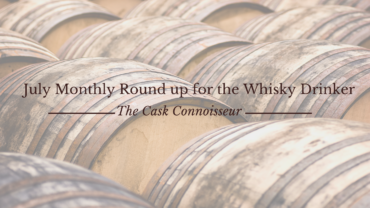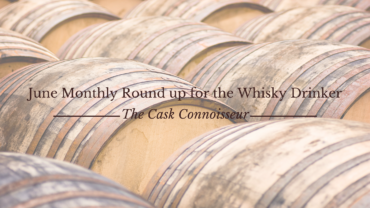From ex-bourbon and refill casks according to the bottle label. But retailers describe the casks as “freshly charred American oak”, “freshly charred American virgin oak” or even “from non-traditional casks”. Can these descriptions of the casks the expression was matured in mean the same? We’ll come back to that, but it does make me wonder why the different descriptions.
Diageo Special Releases are an annual release that has been running for over 20 years. They are all cask strength, non-chill filtered and aim to showcase the best of each distillery.
Oban Distillery was originally established in 1793 as a brewery by brothers Hugh and John Stevenson and it was not till the following year they started distilling whisky. The distillery actually predates the town of Oban. In 1989 Oban 14 year old was named one of the six “Classic Malts”. One of the smaller distilleries in Scotland it has two small stills which help produce the characteristic flavour of this distillery which produces a very approachable and easy drinking whisky that might be called a mixture of highland, island and maritime goodness.
I chose to review this bottle as I’ve had it open for a few months and it’s a good example of how whisky can change in the bottle once opened. To me it has mellowed with much less spiciness, and it was difficult to pick out any salinity or coastal notes that should be there.
| Colour | Pale Gold |
| Nose | Vanilla, caramel, slight spice |
| Palate | Vanilla, caramel, chocolate, coffee, spice |
| Finish | Long spice fading to caramel then black coffee |
| Score | 3.5/5 Stars 🌕🌕🌕🌗🌑 |
Interestingly after a burger and chips the palate became creamier with milk chocolate, very pleasant. Although I probably preferred the punchiness of the spice and the coastal notes when the bottle was first opened, followed by the fruity characteristic flavours of the distillery, it is still a lovely whisky.
Now let’s look at the descriptions of the casks used. I’ve listed some definitions and thoughts below that hopefully demonstrate how in a roundabout way, rather than a definitive way, you can reach the conclusion that all four descriptions are correct. It would be interesting to hear if you reach the same conclusion. I admit that my thought on the use of non-traditional is conjecture, but it helps the case that virgin oak was used, and I cannot think of any other reason for using this term.
Ex-Bourbon – traditionally distilleries matured the whisky in second hand barrels that once held bourbon. So ex-bourbon simply means it was previously used to mature bourbon.
Refill cask – means the cask has been used to mature spirit twice previously. The first use is as a virgin oak cask, the second as a first fill cask, then as a refill.
Virgin Oak Cask – is a cask that has not been previously used to hold spirit. It is a new oak cask. Charring new oak enhances the colour and flavour of the spirit and can give the impression the spirit is older than it is. In other words it can speed up maturation.
American oak – a barrel or cask made of American oak. It could be that this is virgin oak or been previously used for bourbon (ex-bourbon) or even whisky (refill), just that it is made of American oak.
Charring – this takes place at the cooperage and is the burning (charring) of the inside of the barrel. Charring is a requirement for bourbon so the use of the term “freshly charred” could imply the use of ex-bourbon barrels, or maybe refill barrels that needed some rejuvenation, or even virgin oak as this would help impart the original spiciness due to the freshness of the wood.
Non-traditional casks – the spirit in this bottle was laid down in 2008 which is round about the time there was increasing interest among Scottish distilleries in using virgin oak for the whole maturation period. This might have been seen as a bit experimental at the time and hence could be described as non-traditional?





